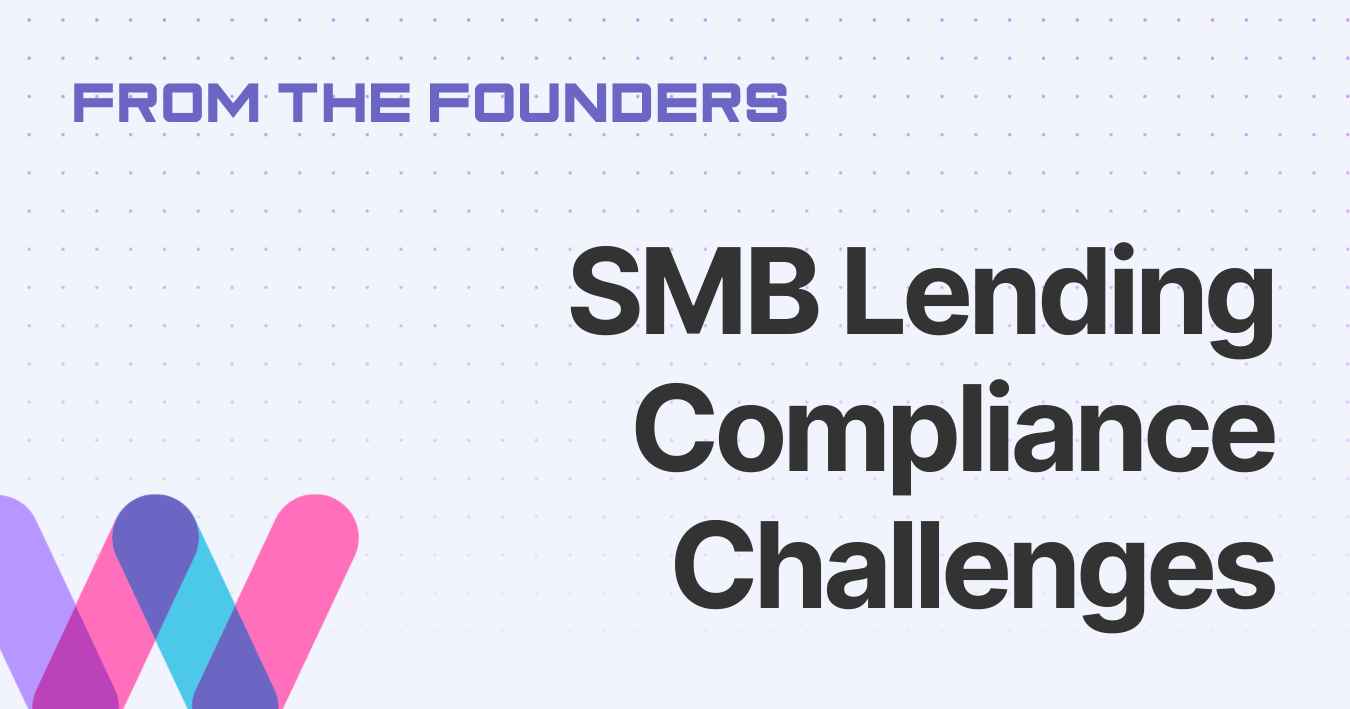Overcoming Data Challenges in Small Business Lending Compliance
In today’s regulatory landscape, financial institutions face a multitude of challenges in complying with regulatory requirements, particularly when it comes to data collection and management. The Consumer Financial Protection Bureau’s (CFPB) Section 1071 Rule, which mandates the collection and reporting of data related to small business lending, presents unique challenges for institutions in the banking and credit risk industry. In this blog post, we’ll delve into the data collection and management challenges associated with compliance with the Section 1071 Rule and explore strategies for addressing them.
Challenge 1: Logistical Complexities of Data Gathering
One of the primary challenges financial institutions encounter in complying with the Section 1071 Rule is the logistical complexity of data gathering. Small business lending involves a diverse array of borrowers, each with unique characteristics and financial profiles. Gathering accurate and comprehensive data on these borrowers, including information on their race, ethnicity, and gender, requires coordination across multiple departments within the organization and integration with external data sources and third-party vendors.
Solution: Streamlined Data Collection Processes
To address the logistical complexities of data gathering, financial institutions can implement streamlined processes and systems for collecting borrower information. This may involve leveraging customer relationship management (CRM) software, loan origination systems (LOS), and other technology solutions to automate data collection, standardize data formats, and capture data at various touchpoints throughout the lending process. By centralizing data collection efforts and integrating disparate systems and data sources, institutions can improve data quality, reduce manual effort, and enhance compliance with the Section 1071 Rule.
Challenge 2: Ensuring Accuracy and Integrity of Data
In addition to logistical challenges, financial institutions must also ensure the accuracy and integrity of the data they collect for compliance with the Section 1071 Rule. Errors or inconsistencies in the data can undermine the reliability of compliance reports and raise questions about the validity of lending decisions. Therefore, it’s imperative for institutions to implement rigorous validation procedures, quality controls, and data governance frameworks to verify the accuracy of the data they collect and mitigate the risk of reporting inaccuracies.
Solution: Robust Data Validation and Quality Control
To address data accuracy and integrity challenges, financial institutions can implement robust data validation and quality control processes. This may involve conducting data validation checks at key stages of the lending process, such as application intake, underwriting, and loan origination, to ensure that borrower information is complete, accurate, and consistent. Additionally, institutions can implement data validation rules, data cleansing techniques, and data reconciliation procedures to identify and correct errors or discrepancies in the data. By establishing a culture of data quality and integrity, institutions can enhance the reliability of compliance reports and improve their ability to demonstrate compliance with the Section 1071 Rule.
Challenge 3: Data Security and Privacy Considerations
Furthermore, financial institutions must prioritize data security and privacy considerations in their compliance efforts. The sensitive nature of the information collected under the Section 1071 Rule necessitates robust safeguards to protect against unauthorized access, data breaches, and other security threats. Therefore, institutions must implement comprehensive cybersecurity measures, encryption protocols, access controls, and data encryption techniques to safeguard the confidentiality and integrity of borrower data and ensure compliance with data protection regulations.
Solution: Enhanced Data Security Measures
To address data security and privacy considerations, financial institutions can implement enhanced data security measures and controls. This may involve encrypting sensitive data both in transit and at rest, implementing multi-factor authentication mechanisms to control access to sensitive systems and data repositories, and conducting regular security audits and vulnerability assessments to identify and remediate security vulnerabilities. Additionally, institutions can implement data masking techniques, data anonymization procedures, and data retention policies to minimize the risk of unauthorized access or exposure of sensitive borrower information. By prioritizing data security and privacy, institutions can build trust with customers, protect their reputation, and ensure compliance with regulatory requirements.
In conclusion, financial institutions face significant challenges in complying with data collection and management requirements under the Section 1071 Rule. By implementing streamlined data collection processes, robust data validation and quality control procedures, and enhanced data security measures, institutions can address these challenges effectively and ensure compliance with regulatory requirements while protecting the confidentiality and integrity of borrower data.











